At Babies Project, we offer developmental movement education for “babies of all ages.” What do we mean by this?
We have a common personal history. We were all once babies. (We could also go further back and say that we were also all once embryos, but we’ll stick to babies for now.)
Our earliest experiences as babies are still with us. This includes our process of learning to move in gravity and space, knowing where we are and orienting ourselves, and finding our way from birth to walking. This process has influenced our movement as adults: our patterns, preferences, habits and choices.
Our early movement development has also helped shape our relationship to learning. Were we supported in following our curiosity in learning to move, or were we pressured to meet milestones? Did we learn from our falls, build our sense of agency, and try something different the next time?
And how about now: does our curiosity help focus and motivate us as adults, and how do we respond to failure?
Although as adults we aren’t changing as quickly and obviously as when we were babies, our cells and tissues continue to respond to their environment and each other throughout our lives. Our cellular communities must be dynamic and continually responsive for us to seem (more or less) to stay the same from day to day.
Exploring early developmental movement in our adult bodies (with our adult minds) can be a powerful opportunity for reawakening our curiosity, re-patterning our patterns, and finding new possibilities.
Each of us is also an “elder”: we’re all always getting older, and accumulating experience and patterns. As a baby is learning to move and gradually finding their way to higher levels, they’re also continually adapting to their body’s intensive growth. As aging adults, we’re also always adapting as our bodies change. Aging doesn’t inevitably involve a steady decline; we have some agency in how we engage with our changing selves.
What are some of the themes and priorities that are especially relevant at these two ends of our life cycle (and in-between)?
As a baby learns to move, they discover (without necessarily being conscious of it) the support of clear and easy movement pathways. They feel their way toward ease. As adults, we can do the same thing, and we can do it consciously. We can nurture our ability to sense and orient toward clarity and ease in our movement. This also means we can get better at feeling when pathways of support are NOT present. In these situations, we can re-assess, make a different choice, and take a different pathway.
In our experience, when babies are supported in finding their way to walking in their own timing and led from their curiosity, they are given space to develop a beautiful combination of confidence and caution. In their curiosity in exploring their world, they’re also developing skill at measuring space, weighing risk, and feeling and trusting their own competence. Their caution comes not out of fear but from assessing the situation and making reasonable choices. We can aim for this combination as adults and elders: awareness, orientation, spatial measuring, responsiveness, informed choices.
In talking to families about their baby’s movement development, we frame falling skills as an integral part of a baby’s movement repertoire, not as a separate category. We want babies to develop mastery at falling as they are building skills to get up to walking. This means having lots of options for getting down (or out of a situation) safely. We think the same can be true for adults and elders. A strategy that centers on avoiding falls can lead to fear and restrictions in our choices. Alongside practicing balance and stability, we can develop (and practice) ways to fall safely. While falling can be dangerous and scary, we can practice falling by breaking it down into manageable and safe pieces. This approach, we propose, can lead to more choices, less fear and perhaps even fun.
Babies learn to fall – and try again – as they’re engaged in activity and following their curiosity. For a baby, a fall is not necessarily seen as a failure, especially if that interpretation is not imposed upon them. As adults, we can intentionally engage in movement propositions and puzzles as a way to invite exploration, to practice our assessment skills, and perhaps to reframe our ideas around success and failure.
More concrete themes that apply to both babies and elders include:
- the readiness of our reflexes to support us in balancing and falling;
- falling pathways that protect the head (including “head-righting”);
- sensory awareness, responsiveness, and movement choices in our feet;
- the availability of our hands and arms to participate in weight-bearing and negotiating gravity;
- the importance of distal initiation in organizing efficient movement;
- the support of clear skeletal pathways in navigating our body weight in gravity.
Our work with babies and our work with adults inform and feed each other. We’ve found that what’s important for a baby’s movement development is also relevant to elders (of all ages). And what we’ve found in working with elders reaffirms the importance of supporting movement development in babies. At the most basic level, we all share the need to negotiate our own ever-changing body as we move and function in a gravitational world.
* * *

